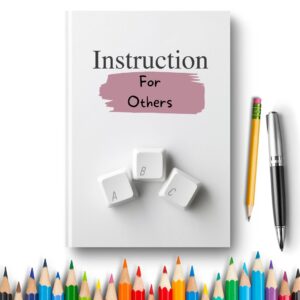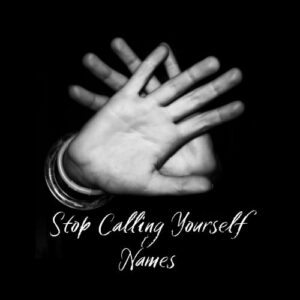“I need to set a boundary on my husband’s complaining about my mother. I’m so sick of hearing it!”
“I have a boundary that my kids behave appropriately during holiday meals after I’ve put so much effort to make it a nice time, but it’s never worked. ”
“I need help setting a boundary when my wife is rude to my friends.”
Do any of these sound familiar?
These are the kinds of things I hear regularly in my practice and they reflect a common misunderstanding about boundaries. Since the holidays are fast approaching this is the perfect time to clear things up.
Boundaries are not to get other people to respect us,
they are put in place to ensure that we respect ourselves.
We often believe boundaries are about other people’s behavior and used as a way to get them to do what we want. If you’ve ever tried this approach, you know it rarely works or not for long.
I agree it would be awesome to be able to tell people what we want them to do and have a way to enforce it. But people, even young people, have agency. This means no matter how much we disapprove or try to get them to change, they still have free will.
And so do we.
True boundaries require some heavy lifting on our end. They are about self-care and self-respect, which is not possible without self-awareness. In order to set a boundary, we need to know what WE will do in response to someone else’s actions.
Boundaries involve risk.
- Boundaries risk the other person being angry with you, thinking negative thoughts about you and saying negative things to others about you.
- Boundaries make you vulnerable to rejection and the fear you’ll likely feel enforcing them. (We’d often rather keep trying to change the other person and keep our feelings of resentment. It can be safer to keep a narrative that maintains resentment with feeling justified and in control.)
- We’d may prefer to focus on how the other person is letting us down and how we want them to change rather than risk examining where we may be letting ourselves down by being unwilling to make decisions or take action on our own behalf.
Another area of boundaries that are often overlooked are consequences.
A consequence is an action we decide for ourselves to help us keep our boundary, not a punishment for someone else.
Being clear about what we will or will not do as a result of someone’s action is a necessary part of setting a healthy boundary. This gives the other person freedom of choice and it frees us to do as we choose without making them responsible for that choice.
It’s not always necessary to communicate our boundaries and consequences. For example, if we don’t want to be around people who smoke we can simply take the action of removing ourself or not going to places where people smoke. People get to smoke if they want; we are simply taking care of ourselves.
It’s often important to communicate our boundaries with those we’re close to and the way you do this is to make a request and follow it up with the consequence; as in if you _______ I will _______.
To offer an example, let’s say your Uncle Bruce visits you and your kids once a week or so. But Bruce doesn’t like to wear a mask and you’re vigilant about staying safe. You’ve asked him to wear a mask during his visits but he’s refused. You’ve had some heated arguments trying to get him to see things your way with no success. After reading this article you decide to set a boundary.
You call Bruce and calmly explain you understand his position, but the rule in your house from now on is that he wear a mask or he can’t come in. You tell him you’ll put a fresh mask outside the door but if he refuses to wear it you won’t be let him come in. You acknowledge his freedom to choose and tell him you love him but this is the deal from now on. So he grumbles an agreement and stops by a few days later. You remind him of the boundary and he gets very angry. You stick to your boundary, but it’s upsetting to see him get so worked up and embarrassing with his yelling and banging. You suppress the urge to get into a shouting match through the door and keep reminding yourself you have a choice and he does too.
This example highlights the risk involved in boundary-setting. You have to be willing to let go of trying to control how someone will react. Of course we’d rather set a boundary that comes with a guarantee that the other person will comply or at least not have a public tantrum, but that’s not on the menu. In fact, within a boundary is the implicit willingness to risk the relationship itself. This is why true boundaries are rare and should never be implemented without careful thought and planning.
Setting boundaries is uncomfortable and challenging, but they are also an important part of caring and honoring yourself when needed.
A caveat on abusive relationships. Setting boundaries in relationships where there is a history of abuse can be dangerous and not recommended without support and guidance. There are many resources for victims of domestic abuse. If you believe you are unsafe in your home please reach out for help. The National Domestic Abuse hotline is one such resource and you can reach them at 1-800-799-7233 or online at www.thehotline.org.



